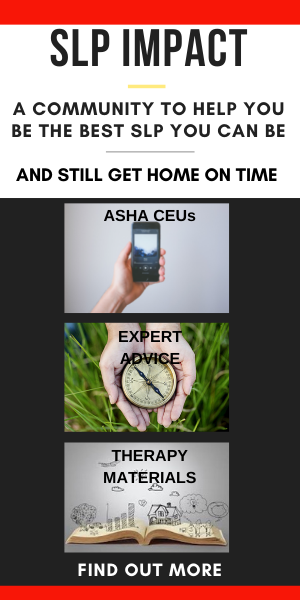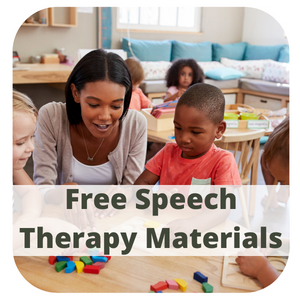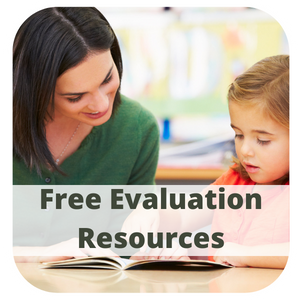Developmental Speech and Language Norms for Spanish and English E-book
$10.00
The best and current information on English and Spanish sound development right at your fingertips!
- Validate teacher concerns and improve speech referrals.
- Improve diagnostic accuracy and save time.
- Increase the accuracy of your goals and reduce your caseload.
This bundle contains updated, expanded, and brand new research on sound and language development in English and Spanish. Portions of this e-book have collectively been downloaded over 40,000 times from our website, have been used in the publication of seven books, have been implemented in speech referral programs (RtI) and have been shared in national and international presentations. Now this expanded, improved, and updated version is available to you.
What’s Inside? Take a Look:

As a Bonus! Developmental Norms Screensaver Included
We reference the same information constantly so we turned it into a screensaver which you can add to your computer.
Portions of this e-book have collectively been downloaded over 20,000 times from our website, have been used in the publication of seven books, have been implemented in speech referral programs (RtI) and have been shared in national and international presentations. Now, we’ve wrapped all of this valuable information into one place to save you time and improve your work!
Buy it now and put it on your desktop for easy access.
Next time a teacher wants to make a referral you don’t think needs to happen, print a page from it and hand it to the teacher to show her why a Spanish-speaking student substituting /s/ for /z/ is okay or why a 5-year-old struggling with the trilled /r/ of Spanish does not need speech therapy. Your answers are here and they are easy to access with tables and charts that will support your interactions with teachers and parents.
Get your lunch hour back. Buy the Developmental Speech and Language Norms for Spanish and English e-book.
The best and current information on English and Spanish sound development right at your fingertips!
- Validate teacher concerns and improve speech referrals.
- Improve diagnostic accuracy and save time.
- Increase the accuracy of your goals and reduce your caseload.
This bundle contains updated, expanded, and brand new research on sound and language development in English and Spanish. Portions of this e-book have collectively been downloaded over 40,000 times from our website, have been used in the publication of seven books, have been implemented in speech referral programs (RtI) and have been shared in national and international presentations. Now this expanded, improved, and updated version is available to you.
What's Inside? Take a Look:

As a Bonus! Developmental Norms Screensaver Included
We reference the same information constantly so we turned it into a screensaver which you can add to your computer.
Portions of this e-book have collectively been downloaded over 20,000 times from our website, have been used in the publication of seven books, have been implemented in speech referral programs (RtI) and have been shared in national and international presentations. Now, we've wrapped all of this valuable information into one place to save you time and improve your work!
Buy it now and put it on your desktop for easy access.
Next time a teacher wants to make a referral you don't think needs to happen, print a page from it and hand it to the teacher to show her why a Spanish-speaking student substituting /s/ for /z/ is okay or why a 5-year-old struggling with the trilled /r/ of Spanish does not need speech therapy. Your answers are here and they are easy to access with tables and charts that will support your interactions with teachers and parents.
Get your lunch hour back. Buy the Developmental Speech and Language Norms for Spanish and English e-book.
Additional information
| Read More | The increasing diversity in the United States has given a new role to educators and speech-language pathologists. Many teachers express uncertainty about how to differentiate speech and language errors that result from native language influences and those that are indicative of speech-language impairment. This same challenge falls on speech-language pathologists, who make diagnostic decisions about students’ communication skills. Many native language influences mimic signs of speech-language impairment, making it impossible to use the same rules for bilingual students that we use for monolingual students. Additionally, patterns of language influence change depending on the native language of the student, further complicating the decision-making process. The concept supporting this framework is simple: In general terms, if sounds or structures exist in both languages, they should not be affected in second language production; if sounds or structures do not exist in both languages, the influence of one language on another can be expected. The goal then is to understand the different sound systems and structures of a language in order to identify which errors are of true concern. |
|---|
Need CEUs?

 Share
Share
 Tweet
Tweet
 LinkedIn
LinkedIn
 Pin
Pin
 Email
Email




